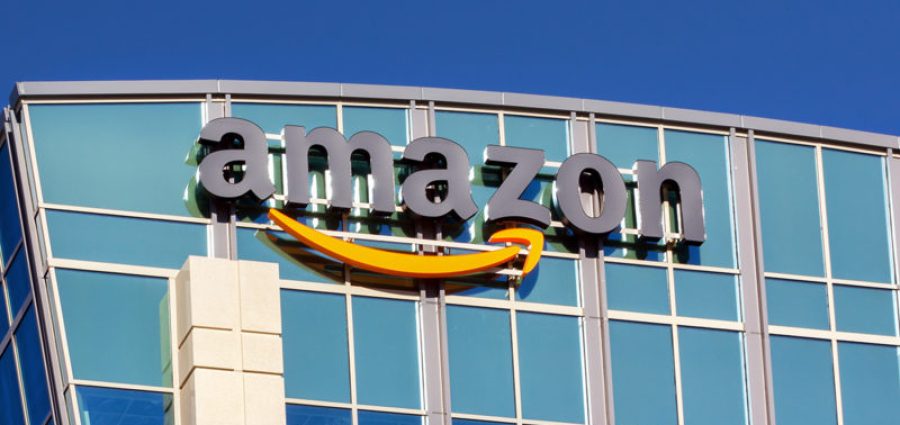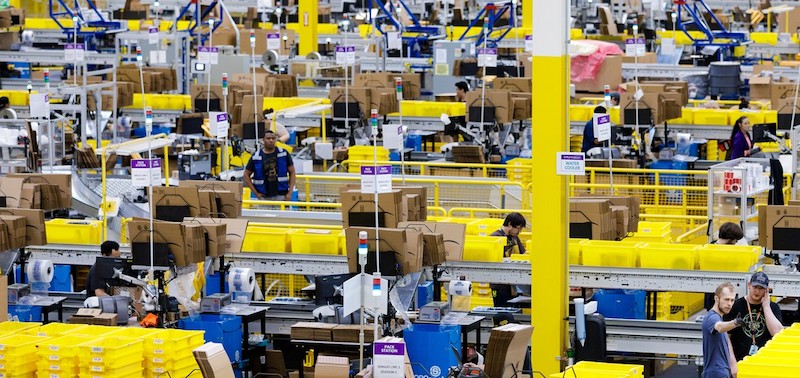Amazon’s recent announcement that Prime members will receive complimentary one-day shipping benefits consumers who are too impatient to wait 48 hours for necessities like HDMI cables, laundry detergent or reissues of vinyl records. Amazon’s upgrade also benefits electrical contractors, facilities managers, plant managers and other B2B buyers who represent the traditional lifeblood of distributors. The benefits, however, come with potential costs for these distributors.
What does this change mean for the traditional distributor go-to-customer model? It entirely depends on the organization’s value propositions. Alexander Group has found that distributors fall into one of three categories:
- Those who compete on low price, quick delivery and a vast array of SKUs (“the endless aisle”)
- Those who offer high-touch service through relationship-oriented field sellers
- Those who strategically monetize value-added services for select customer types
Success in a one-day shipping world will differ for distributors across categories.
Value Proposition No. 1: Trying to Out-Amazon Amazon
Competing with Amazon’s digital interface and logistical infrastructure was a difficult task when two-day shipping was the norm. Alexander Group worked with a client that ordered a part to their corporate office (which is co-located with a distribution center (DC)) from that DC and the same exact part from Amazon. The Amazon order came three days sooner than the order from the DC. Needless to say, this distributor ceased to lead with “fast delivery, low prices” in pitches.
Beating Amazon on price and availability will take significant investment in digital tools, flexibility on purchasing terms or a loyalty program that rewards customers for sticking with their current distributor.
Outlook: Pessimistic.
Value Proposition No. 2: Loyalty Through Relationships
Distribution sales models succeed in part because field salespeople know their local markets well and have long-standing relationships with customers. For many pros, dealers or corporate buyers, the smile of a sales rep will never be replaced by the smile on the Amazon box. But what is the cost of a field-heavy model and how much incremental growth does it drive? Alexander Group has analyzed distributor sales rep time profiles and sales results to determine if sales time (typically distributors’ most scarce resource and greatest expense) is correctly allocated.
Often, sales reps provide onsite support not to customers with the highest growth and margin potential, but to those they are most comfortable with. In one instance, we found that sales reps spend 85% or more of their time at accounts within five miles of their home address. Left to the individual seller’s discretion (and in the absence of a formal segmentation model to determine which customers should receive the most people-intensive service), distributors misallocate investment in service capabilities and risk overinvesting on low-growth customers.
Outlook: Mixed – depends on caliber of individual salespeople.
Value Proposition No. 3: Service as a Differentiator
Distributors have the ability to bundle value-added services (e.g., customer support, training, technical consulting) to products to offer true partnerships with customers. Many distributors, however, do not effectively differentiate service levels by customer type to appropriately monetize their investments. For large and sophisticated customers, white glove service can be an expectation. Large national contractors, for example, can certainly buy products for less on Amazon, but Amazon does not offer a direct line to a trained customer success manager — something a distributor can offer.
Creating and supporting a service-led organization is expensive, however. How does a distributor know when to offer a customer a particular level or service or support resource? Segmentation is a good place to start. Creating a prioritized view of customers based on size, potential, needs and other qualitative factors helps match segments to service offerings and resources. Furthermore, it directs sales coverage decisions (e.g., field vs. inside vs. digital self-service). Performing this exercise across the entire customer landscape (instead of at a branch or region) allows distributors to match their best resources to their most growth-focused customers and avoid delivering a consultative sales motion to a transactional buyer.
Outlook: Optimistic – assumes constant review and optimization of go-to-customer model.
Amazon may be changing the rules of engagement, but distributors who understand the impact of segmentation and value propositions on their go-to-customer models can win in the one-day shipping game.
Andrew Horvath is a principal and distribution practice lead for the Alexander Group. Alexander Group is a management consulting firm specializing in revenue growth.
This blog is No. 5 of MDM’s 10 Most-Read Blogs of 2019. Each week as the year winds down, we will share these most popular posts until we reach No. 1. View No. 6, 7, 8, 9 and 10.
MDM wants to hear from you! Please comment below or email us at info@mdm.com.
Related Posts
-
In a recent virtual conversation with a few hundred Texas A&M Industrial Distribution students, the…
-
Amazon's new 820,000 square-foot site in the city of Pflugerville will create 1,000 new, full-time…
-
New 625,000 square-foot site in the city of El Paso — the second facility coming…





